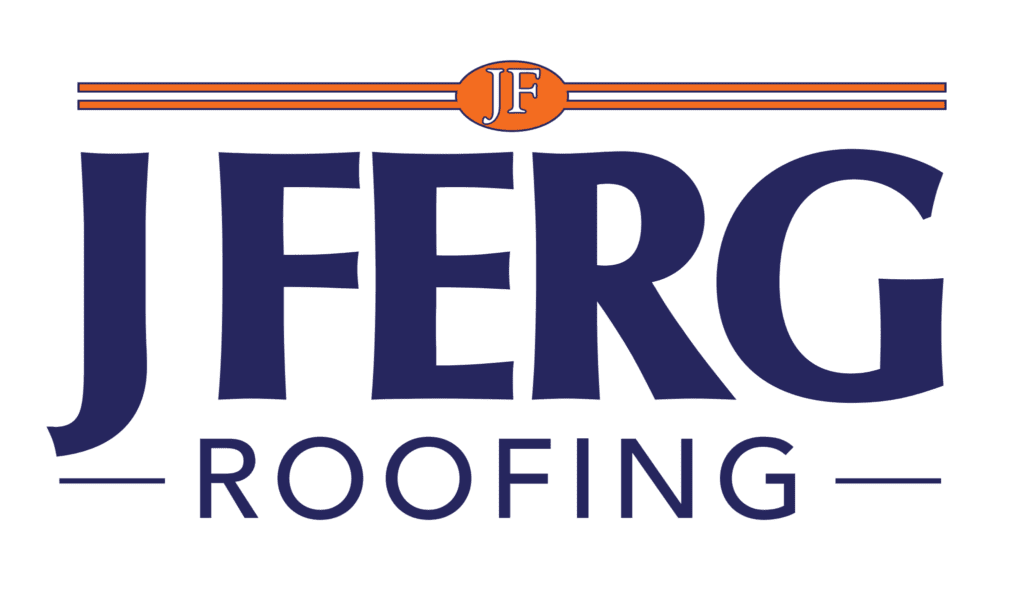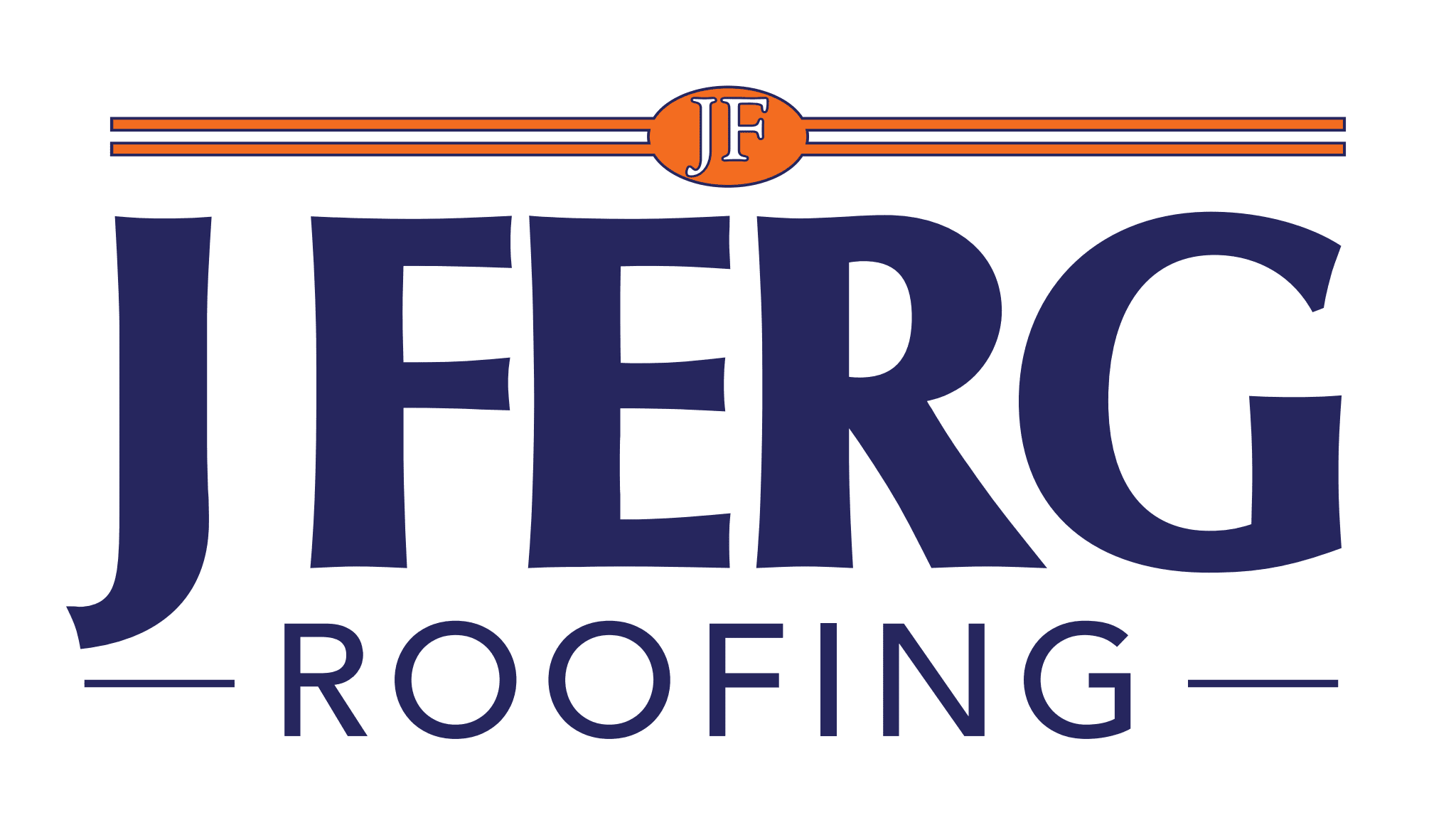J Ferg Knowledge Base
What You Need to Know Before Installing a Skylight
Skylights can enhance any home by introducing more natural light, creating an open and welcoming environment, and adding a touch of architectural flair. To get the most out of your skylight installation, it’s crucial to consider various factors that can influence its functionality, aesthetics, and energy efficiency. In this comprehensive guide, we’ll explore the key aspects you need to know before installing a skylight, from selecting the perfect type to navigating permits and addressing installation requirements.
1. Choosing the perfect skylight type for your needs:
Skylights come in a wide array of shapes, sizes, and styles, each designed to serve specific purposes. The three main types of skylights are:
- Fixed Skylights: As the name suggests, fixed skylights are non-opening, permanent installations that provide consistent natural light without any ventilation options. They are ideal for spaces where additional airflow is not a priority, such as hallways or stairwells.
- Ventilating Skylights: These skylights can be opened, either manually or electronically, to provide ventilation alongside natural light. They are perfect for areas that require both light and airflow, such as bathrooms, kitchens, or sunrooms.
- Tubular Skylights: Smaller and more compact than traditional skylights, tubular skylights channel sunlight through a reflective tube, making them ideal for spaces with limited room or where a conventional skylight might not be feasible, like in closets or small bathrooms.
Consider the unique requirements of the room where you’re planning to install the skylight and choose the type that best addresses those needs.
2. Determining the optimal location and orientation:
The position and orientation of your skylight plays a significant role in the amount and quality of natural light entering your home. Think about the room’s layout and the sun’s trajectory throughout the day to identify the most suitable location.
- North-facing Skylights: These skylights provide consistent, diffused light, making them perfect for creating a soft, even ambiance in living spaces or bedrooms.
- South-facing Skylights: Installing a skylight facing south will capture stronger, direct sunlight, ideal for brightening up darker areas or providing warmth during the winter months.
The angle of installation can also influence energy efficiency, as it affects how sunlight enters the room. It’s advisable to consult with a professional to optimize the placement and orientation of your skylight.
3. Maximizing energy efficiency through glazing:
To improve your skylight’s energy efficiency, look for features such as double or triple glazing, low-emissivity (Low-E) coatings, and argon gas-filled panes. These enhancements minimize heat transfer, reducing energy consumption for heating and cooling purposes. Skylights with high energy efficiency ratings may be eligible for tax credits or rebates, providing additional financial incentives.
4. Assessing roof compatibility and structural integrity:
Not all skylights are suitable for every type of roof. It’s crucial to ensure that your chosen skylight is compatible with your roof’s pitch and material. For example, flat or low-pitched roofs may necessitate specialized skylights or curb-mounted installations to prevent water leakage.
Before installing a skylight, a professional contractor should evaluate your roof’s structural integrity to ensure it can support the added weight. If necessary, the contractor can recommend and implement reinforcement measures to guarantee a safe and secure installation.
5. Navigating building codes and permits:
Before embarking on a skylight installation project, familiarize yourself with local building codes and permit requirements. Some areas may mandate a permit for skylight installations, and adherence to local regulations is crucial to avoid fines or complications when selling your home in the future. Consulting with a professional contractor can help ensure that you comply with all necessary regulations, and they can often assist with acquiring permits if needed.
6. Installation considerations and the importance of professional help:
While the prospect of installing a skylight as a DIY project may seem appealing, it’s generally recommended to enlist the help of a professional. Improper installation can result in leaks, drafts, and structural problems that can be more expensive to fix than the initial cost of installation. Seek out a reputable contractor with experience in skylight installation to guarantee a successful, long-lasting result.
Skylights have the potential to revolutionize your home by infusing it with natural light and creating an inviting, open atmosphere. By carefully considering the factors previously discussed, you can make informed decisions that lead to a successful installation. Always collaborate with a professional contractor to ensure that your skylight is installed correctly and securely, providing you with an exceptional outcome that you can enjoy for years to come.


